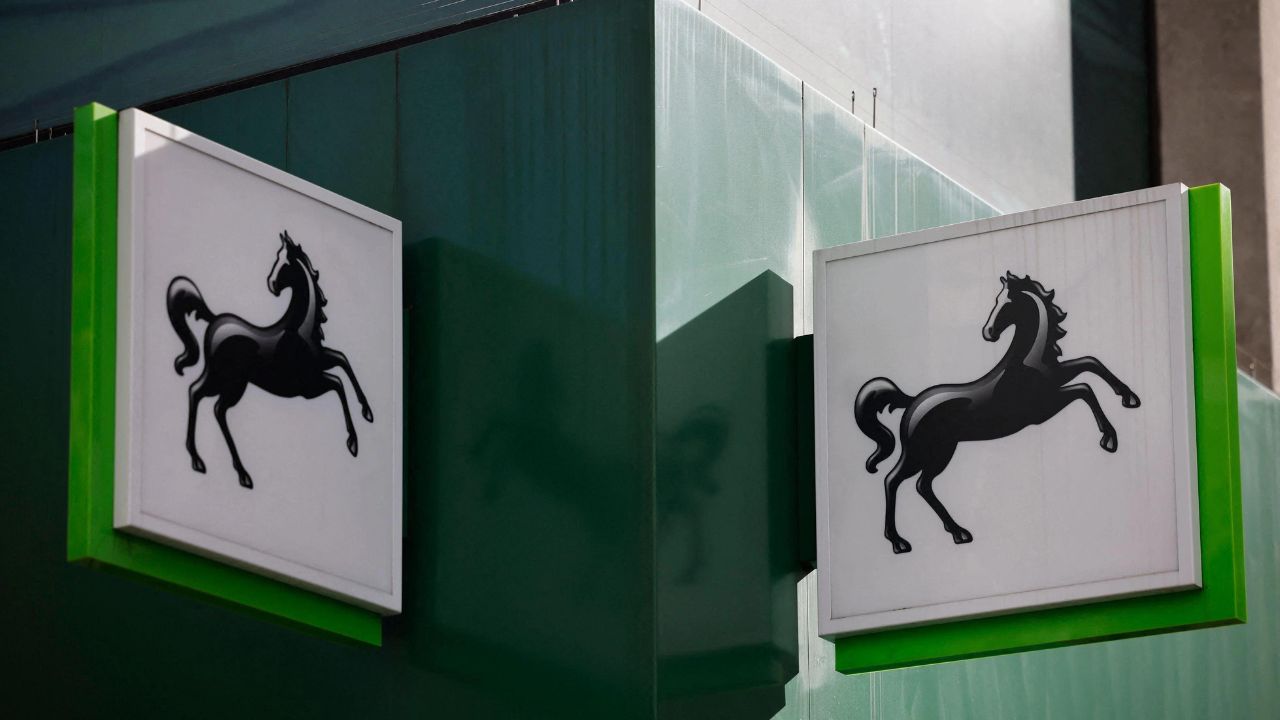Pension insurance specialist Rothesay has entered into an agreement to purchase the approximately £6 billion ($7.67 billion) Scottish Widows in-force bulk annuity portfolio from Lloyds Banking Group.
This strategic move, announced on Wednesday, represents Rothesay’s sixth acquisition of annuities and underscores the company’s focus on expanding its presence in the annuity market.
Key Details of the Deal:
The bulk annuity transaction encompasses the pension benefits of approximately 42,000 individuals, adding significant value to Rothesay’s portfolio.
This acquisition aligns with Rothesay’s expertise in pension insurance and its commitment to providing comprehensive solutions in the annuity sector.

For Lloyds Banking Group, the sale enables a strategic shift, allowing the organization to concentrate on growing markets, including insurance, pensions, investments, retirement, and protection.
Growing Popularity of Bulk Annuities:
Bulk annuities have gained prominence in the UK, especially among pension scheme trustees seeking to offload liabilities to insurers.
This financial strategy provides companies with a means to transfer pension risks, enhancing financial stability.
The UK bulk annuity market is anticipated to reach record levels exceeding £50 billion this year, reflecting the increasing adoption of this form of insurance.
Industry Expectations and Record Growth:
Chira Barua, CEO of Scottish Widows and of insurance, pensions, and investments at Lloyds, emphasized the sale’s role in enabling the organization to refocus and invest in key growth areas.

This move aligns with broader industry trends, as companies strategically reallocate resources to capitalize on emerging opportunities within the insurance, pensions, investments, retirement, and protection markets.
Industry consultants foresee the UK bulk annuity market experiencing record levels of growth in 2024, with expectations exceeding £50 billion.
The Rothesay acquisition of Scottish Widows’ annuity portfolio exemplifies a proactive approach to capitalizing on this trend, further solidifying Rothesay’s position as a prominent player in the pension insurance sector.
